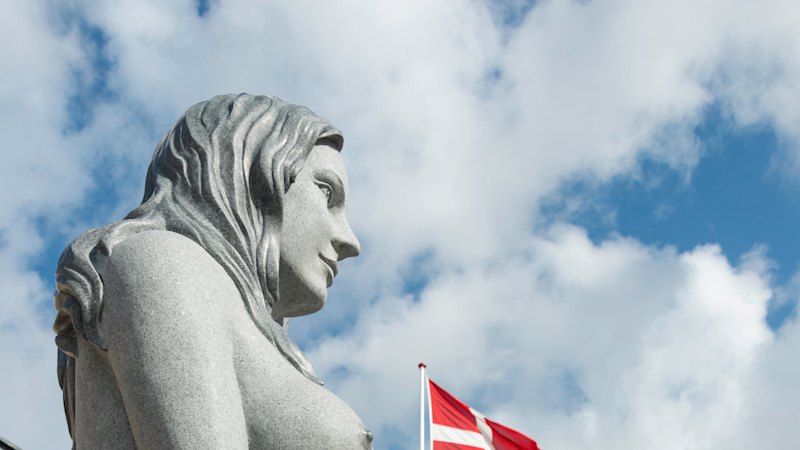
A statue known as the Big Mermaid in Copenhagen is set to be removed following complaints that it is “pornographic” and vulgar. The four-metre-tall statue, which has garnered attention for its exaggerated features, particularly its breasts, has been a topic of debate since its unveiling in 2006 at Langelinie Pier. This location is only a few hundred metres from the iconic Little Mermaid statue, which is a significant tourist attraction.
The controversy surrounding the Big Mermaid intensified over the years, leading to its relocation to Dragor Fort in 2018. This site is part of Copenhagen’s historical sea fortifications, situated several kilometres south of the city. Recently, the Danish Agency for Palaces and Culture announced plans to remove the statue entirely, citing that it does not align with the cultural heritage of the fort, which dates back to 1910.
Mixed Reactions to the Decision
Peter Bech, the Danish restaurateur who designed and commissioned the Big Mermaid, expressed confusion over the backlash. In an interview with Danish broadcaster TV 2 Kosmopol, Bech stated, “The mermaid has completely normal proportions in relation to her size. Of course, the breasts are big on a big woman.” He believes that the statue draws tourists to the area and dismissed the criticisms as “pure nonsense.” Furthermore, Bech voiced hope that a compromise could be found to allow the statue to remain in its current location.
The decision to remove the statue has sparked a broader discussion about public art, its representation, and the community responses to it. Supporters of the Big Mermaid argue that it celebrates body positivity and artistic expression, while critics maintain that its portrayal is overly sexualized and inappropriate for public display.
As the situation develops, it remains uncertain how this decision will affect tourism and local sentiment surrounding public art in Copenhagen. The Big Mermaid, once a symbol of artistic boldness, may soon become a footnote in the city’s ongoing dialogue about cultural values and representations in public spaces.






